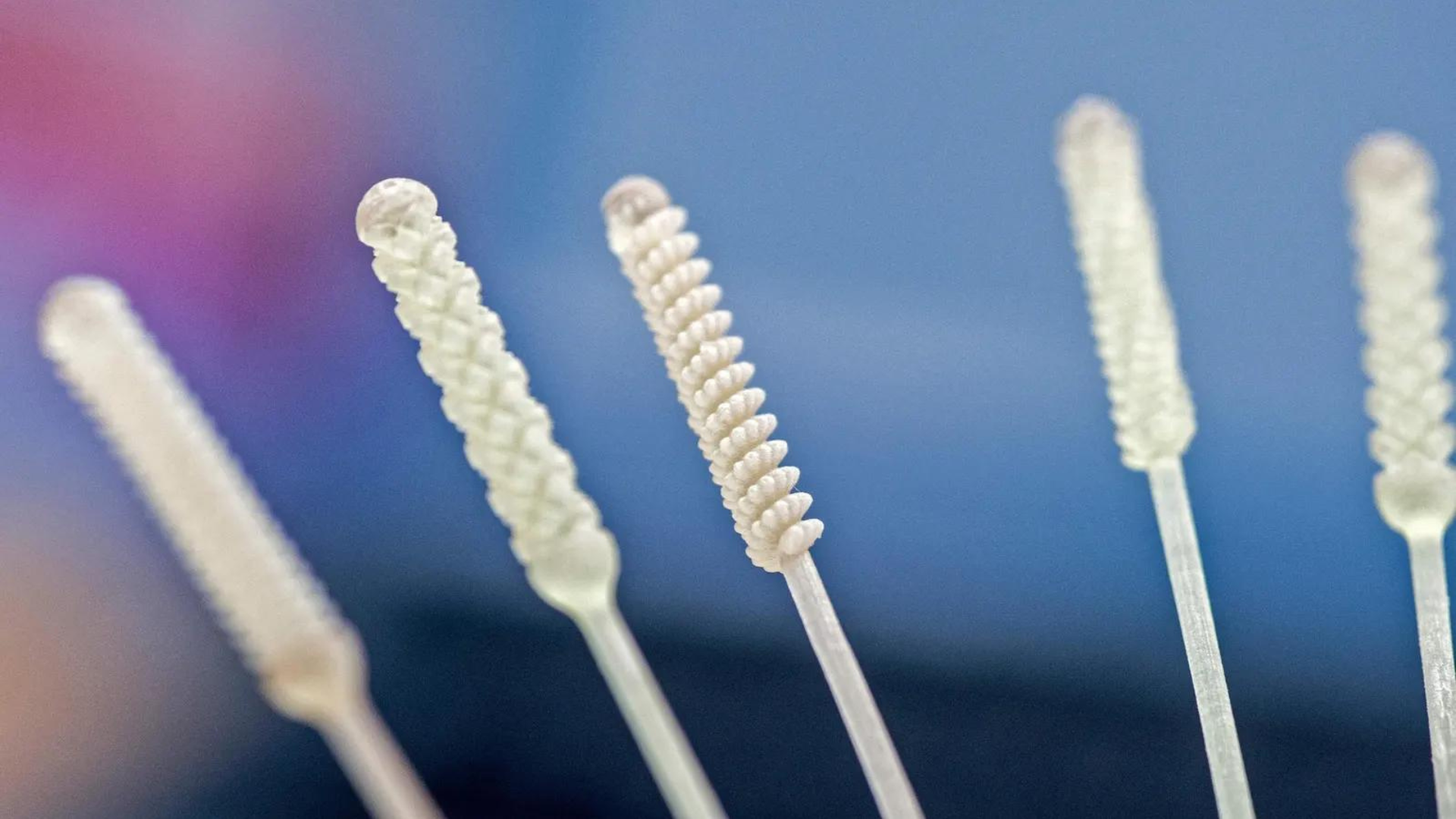Revolutionizing Women's Healthcare: BD's Dr. Jeff Andrews on the Self-Collection Movement
Written by Dr. Brittany Barreto, Founder & CEO, FemHealth Insights
In a recent interview with Dr. Jeff Andrews, Vice President of Medical Affairs for Integrated Diagnostic Solutions at BD Life Sciences, a leading global medical technology company, we delved into the transformative world of self-collection in women's healthcare. This groundbreaking approach to healthcare is poised to change the way we approach cervical cancer screening, making it more accessible and convenient for women across the United States.
The Shift from Clinician to Self-Collection
Traditionally, cervical cancer screening was primarily conducted through the Pap test, a procedure performed by clinicians using a small brush or swab to collect cells from the cervix for microscopic analysis. However, a significant shift has occurred, thanks to advances in medical technology. Dr. Andrews explained that this transformation involves transitioning from clinician-based collection to self-collection. This approach offers the same sensitivity as clinician-collected samples, making it a viable and effective alternative. This means individuals with a cervix can collect their own samples in the privacy of their homes, particularly for primary human papillomavirus (HPV) testing.
The Pandemic’s Role in Shaping Healthcare
The COVID-19 pandemic accelerated the adoption of self-collection methods. As Dr. Andrews pointed out, the pandemic led to a shift in mindset, with people becoming more comfortable with self-administered tests, such as nasal swabs. Telemedicine also played a pivotal role, making it possible for patients to receive test orders, perform self-tests, and send samples to labs without in-person visits.
“I think there was some trepidation initially about nasal swabbing yourself to test for COVID-19. But then people got used to it and there was an almost instantaneous interest in, ‘Hey, what else could I self-collect for or even self-test for?’ In addition, because of the pandemic, the government accelerated the work toward the support of telemedicine. So now it's possible to get orders for tests from a clinician through a digital visit, receive the test through the mail, do the self-test, and then ship it to the lab. So the pandemic really opened the door to introduce all the framework necessary to launch an at-home self-collection swab for cervical cancer screening.”
Empowering Underserved Populations
One of the most significant advantages of self-collection is its potential to improve healthcare access for underserved populations. Dr. Andrews emphasized that roughly 60% of cervical cancer cases in the US occur in unscreened or under-screened women, many of whom face barriers to accessing healthcare. Self-collection offers a quick, easy, and private alternative that can reduce disruptions to work and home life. It is particularly beneficial for women facing challenges like childcare, transportation issues, or living in remote rural areas.
BD’s Role in Advancing Self-Collection
BD has been at the forefront of advancing self-collection methods. Dr. Andrews highlighted BD's achievements, including being the first to gain approval for at-home collection in Europe and Australia. In the United States, BD collaborates with the National Cancer Institute to conduct clinical trials that validate self-collection methods, ensuring they meet FDA requirements.
A Brighter Future for Women’s Health
The introduction of self-collection in cervical cancer screening has the potential to revolutionize women's healthcare. By making screening more accessible, especially for underserved populations, we can strive to reduce the incidence of cervical cancer in the US significantly. About 13,960 cases of cervical cancer are diagnosed per year in the US with 4,310 patients dying from the disease. The key lies in effective communication and collaboration between healthcare providers, laboratories, and patients to ensure a seamless and effective transition to this innovative approach to bring cervical cancer deaths to zero by identifying the disease as early as possible.
The Pelvic Exam Question
One intriguing question that arose during our conversation was whether self-collection might render traditional pelvic exams obsolete. Dr. Andrews explained that the US Preventive Services Task Force (USPSTF) has found insufficient evidence to assess the balance of benefits and harms of performing pelvic exams for asymptomatic women. The American College of Obstetrics and Gynecology (ACOG) recommends pelvic exams only when a patient has symptoms or a medical history that requires it. This shift in perspective and new at-home testing tools highlights the ongoing debates within women's healthcare and the need for evidence-based practices.
In conclusion, the interview with Dr. Jeff Andrews from BD sheds light on the promising future of self-collection in women's healthcare. As we await the potential approval of BD's self-collection test for cervical cancer screening in the United States, it's clear that this innovative approach has the power to democratize healthcare, offering women a more accessible, convenient, and efficient way to protect their health. With ongoing research, collaboration, and effective communication, we are on the brink of a healthcare transformation that will benefit women across the nation.
About the Author:
Dr. Brittany Barreto, Ph.D., is Founder and Chief Innovation Officer at FemHealth Insights. Every day, Brittany dedicates her work to advancing women’s health innovation by equipping key stakeholders with data-driven insights and strategic advice on the FemHealth market. She is also host of the FemTech Focus Podcast - the number 1 femtech podcast globally.


